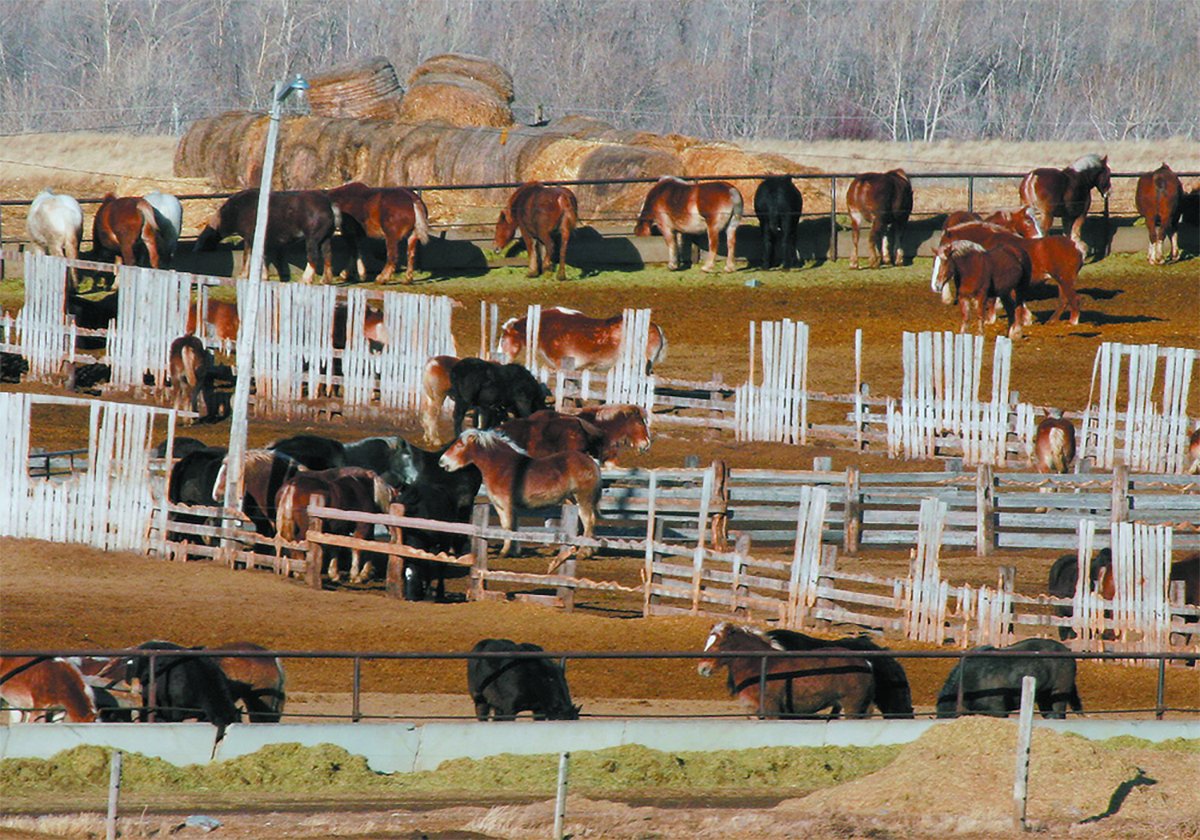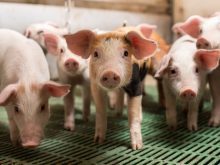Consumers’ desires to reduce dietary fat have created a dilemma for Alberta milk producers.
Growing consumer popularity of one percent or skim milk means leftover fat at the processing level. It’s called skim-off, and it’s extra fat the dairy industry has to pour somewhere else.
Alberta dairy producers are concerned, said dairy control board manager Jim Herron. Fluid sales have risen in Alberta because table consumption has increased. More processing plants are now demanding more milk.
Increased demand occurred partly because more dairy processors moved to Alberta from British Columbia to avoid higher labor costs.
Read Also

Canada’s slaughter horse industry lacks transparency
The lack of clear reporting and public access to data keeps the industry largely hidden, leaving questions about humane treatment and traceability unanswered.
Now producers must relinquish some of their milk quota to compensate for extra fat produced by the additional milk.
“The average Lethbridge producer lost 1,400 kilograms last year, which meant in today’s quota values he lost somewhere between $35,000 to $40,000 worth of quota as well as the right to produce that milk into perpetuity,” Herron said.
“It is unacceptable to short our industrial market in the future because of the skim-off.”
Alberta considers it an urgent issue, saying skim-off is an inherent weakness of the system. Producers are losing money because of extra fat but come out even on their milk cheques because they are paid more for other components like protein, said Herron.
Since each province is responsible for its own skim-off, Alberta producers are looking at several options. One proposal headed to the Milk Supply Management Committee in March suggests ways to absorb fat.
Alberta suggests processors can either add slightly more fat to the milk, or export it in products like ice cream or butter.
All milk goes into a processing plant and is then separated. The fat is added back to produce one percent, two percent or whole milk. But table milk at two percent might only be 1.9 percent fat. Bringing it up to two percent or slightly more would take care of some excess fat, producers suggest.
But John Kane of the Canadian Dairy Commission said it may not accept Alberta’s skim-off idea, which is not likely to be approved by all provinces.
Milk sales up
The current skim-off agreement was made in 1992. Now, some provinces have more skim-off because of growth in fluid milk sales. A solution for the longer term is to adjust the amount of fat cows produce in raw milk, said Kane.
Alberta raw milk has an average 3.67 percent butterfat. Ten years ago, when farmers were paid on the amount of butterfat produced, dairy cattle were fed diets that promoted fat production. Revised rations for less fat production are now being introduced on many farms.

















